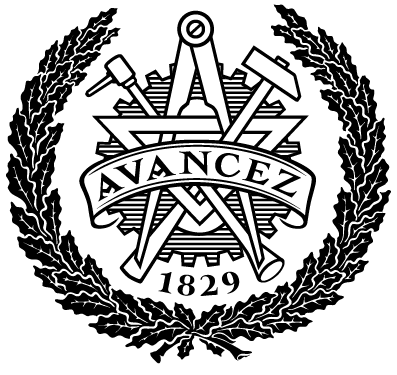Biofilm Reduction Modelling in a Drip-flow Reactor. Developing a Method for Growing Biofilms in a Laboratory Setting, to Evaluate the Effects of an Anti-fouling Product Used in Paper Machines.
Publicerad
Författare
Typ
Examensarbete för masterexamen
Program
Modellbyggare
Tidskriftstitel
ISSN
Volymtitel
Utgivare
Sammanfattning
Bacterial biofilms naturally form in paper machines, causing problems in production.
Reducing the amount of biofilm formed is therefore of interest to the paper
industry. To model biofilm reduction, a method was developed for growing biofilms
in a laboratory setting at BIM Kemi Sweden AB. The goal was for the method to
be used to evaluate effect of the anti-fouling product Bimogard produced by the
company, a non-biocidal agent that reduces formation of process disrupting biofilms
in paper machines. Initial experiments were carried out using petri dishes for cultivation,
but the main part of the work was carried out using a drip-flow biofilm
reactor. The biofilms were quantified by staining with safranin and measuring absorbance.
Different process parameters for running the reactor were examined and
improved, including what medium concentration to use and whether to inoculate
with a mono-culutre of Pseudomonas fluorescens or a co-culture where Bacillus subtilis
was also added. The final method, using the mono-culture and 7.5% of standard
medium concentration, was used to evaluate the effects of adding Bimogard to the
nutrient medium. The addition of Bimogard significantly reduced the amount of
biofilm formed, but only at low concentrations.
Beskrivning
Ämne/nyckelord
biofilm, drip-flow reactor, staining, quantification, Bimogard, anti-fouling, Pseudomonas fluorescens, Bacillus subtilis
